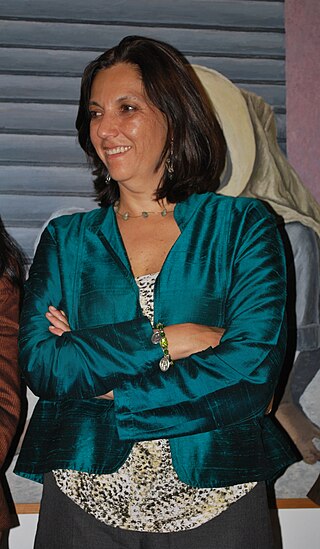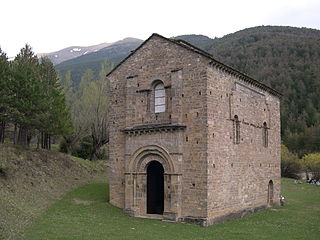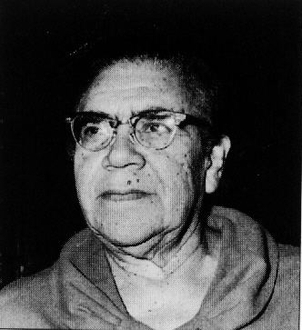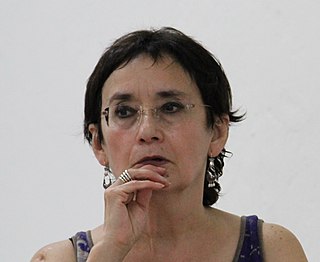
Xochicalco is a pre-Columbian archaeological site in Miacatlán in the western part of the Mexican state of Morelos. The name Xochicalco may be translated from Nahuatl as "in the house of Flowers". The site is located 38 km southwest of Cuernavaca, about 122 km by road from Mexico City. The site is open to visitors all week, from 10 am to 5 pm, although access to the observatory is only allowed after noon. The apogee of Xochicalco came after the fall of Teotihuacan and it has been speculated that Xochicalco may have played a part in the fall of the Teotihuacan empire.

The National Museum of Anthropology is a national museum of Mexico. It is the largest and most visited museum in Mexico. Located in the area between Paseo de la Reforma and Mahatma Gandhi Street within Chapultepec Park in Mexico City, the museum contains significant archaeological and anthropological artifacts from Mexico's pre-Columbian heritage, such as the Stone of the Sun and the Aztec Xochipilli statue.

Acatitlan is an archeological zone of the early Aztec culture located in the town of Santa Cecilia, in the municipality of Tlalnepantla de Baz in the State of Mexico, about 10 km northwest of Mexico City. In pre-Columbian times, it was located on the northwest shore of the great Lake Texcoco.
Eduardo Luis Pareyón Moreno was a Mexican architect and archaeologist. He was a pioneer researcher in several aspects of modern Mexican archaeology. He was born in Azcapotzalco, Federal District, to a family renowned for its contributions to the humanities and sciences.

Constantino Reyes-Valerio was a prominent Mexican scholar of pre-Columbian Mesoamerican cultures, particularly the Aztec and the Maya as well as the Colonial Art.

The Instituto Nacional de Bellas Artes y Literatura, located in the Palacio de Bellas Artes in Mexico City, is the Mexican institution in charge of coordinating artistic and cultural activities in the country.

Barrio Chino is a barrio located in the downtown area of Mexico City, near the Alameda Central and Palacio de Bellas Artes. Barrio Chino exists primarily on two blocks along Dolores Street and one block east and west of the street. There was an expulsion of the ethnic Chinese in the 1930s and since then the ethnic Chinese have mixed and dispersed with the local population. According to the government of Mexico City, about 3,000 families in the city have Chinese heritage. In many parts of the older sections of the city, there are “cafes de chinos”, which are eateries that serve Chinese and Mexican food. The buildings in Barrio Chino are no different from the rest of the city, but businesses here are either restaurants or importers. Most of the shops and restaurants here had abundant Chinese-style decorations and altars, but statues of the Virgin of Guadalupe and San Judas Tadeo can be seen as well.
El Cóporo is a prehispanic archaeological site at the northern frontiers of the Mesoamerican cultural area, located at an elevation of 150 meters on the western slopes of the Santa Bárbara range, near the San José del Torreón community, and lies some 15 kilometres (9 mi) due south of its municipal seat and largest township, on the northwestern corner of Guanajuato state, Mexico.

A bien de interés cultural is a category of the heritage register in Spain. The term is also used in Colombia and other Spanish-speaking countries.

The Palace of the Marquis del Apartado is a historic residence located in Mexico City, just to the northeast of the city's Zocalo in the Historic center of Mexico City.

El Chanal is an archaeological site located at El Chanal town, 4 kilometres (2.5 mi) north of the city of Colima, Mexico. Based on its extension, over 50 hectares, it is probable that it was the largest settlement of the state of Colima; it developed on both banks of the “Río Verde” or Río Colima. This archeological zone is maintained by the people of El Chanal. The area may have been inhabited by native groups around 1300 BC, achieving its maximum splendor between 1100 and 1400 CE. There is a Nahuatl connection shown by archaeological materials representing deities such as Tláloc and Ehécatl.

Pueblo Culhuacán is an officially designated neighborhood of the Iztapalapa borough of Mexico City, which used to be a major pre-Hispanic city. Ancient Culhuacán was founded around 600 CE and the site has been continuously occupied since. The city was conquered by the Aztecs in the 15th century, but the Aztecs considered the city to have status with early rulers marrying into Culhua nobility to legitimize themselves. After the Spanish conquest of the Aztec Empire, the Franciscans and later the Augustinians made Culhuacán a major evangelization center, with the latter building the monastery complex which remains to this day. Today, Culhucan is fully integrated into Mexico City physically and politically. This area was designated as a "Barrio Mágico" by the city in 2011.

Cerro de la Estrella National Park is centered on the Cerro de la Estrella mountain which is located entirely within eastern Mexico City, in the borough of Iztapalapa.

The National Monuments of Mexico refers to the buildings and monuments that are protected heritage of the nation, and are declared as such in the Registro Público de Monumentos y Zonas Arqueológicos e Históricos maintained by the Instituto Nacional de Antropología e Historia and the Registro Público de Monumentos y Zonas Artísticos maintained by the Instituto Nacional de Bellas Artes y Literatura.

Eulalia Guzmán Barrón (1890–1985) was a pioneering feminist and educator and nationalist thinker in post-revolutionary Mexico. She was one of the first women to work in the field of Mexican archeology. She was the lead investigator of the remains found in Ixcateopan, Guerrero, which she alleged to be those of the last Aztec Emperor, Cuauhtémoc. Three boards of inquiry on the archeological work done at the site refuted Guzmán's findings, calling her field methods into question. Her lasting legacy was the collection of Mexico's history from archives throughout the world and creation of the National Library of Anthropology and History.
Beatriz Barba Ahuactzin was a Mexican academic, anthropologist, and archaeologist, who was the second woman to earn a degree in archaeology in her country. She was a member of the National System of Researchers from 1985 and a member of the Mexican Academy of Sciences. Upon her fortieth anniversary of teaching, in 1991, she was honored with the gold Ignacio Altamirano Medal by the government of Mexico and the Secretariat of Education. In 2013, the National Institute of Anthropology and History (INAH) paid tribute to her life's work.

María Teresa Rojas Rabiela is an ethnologist, ethnohistorian, Emeritus National Researcher and Mexican academic, specializing in Chinampas of Mexico's Basin, history of agriculture, hydraulics, technology, and labor organization in Mesoamerica during pre-Columbian and colonial eras, as well as historical photography of Mexico's peasants and indigenous people. She is recognized as a pioneer in historical studies on earthquakes in Mexico. From 2018 to 2021, Rojas Rabiela was involved in the restoration of the section of the pre-Hispanic aqueduct of Tetzcotzinco, Texcoco, known as El caño quebrado.

The Plaza Manuel Gamio is a plaza located in historic center of Mexico City, Mexico. It is located between the archaeological zone of the Templo Mayor and the tabernacle of the Metropolitan Cathedral. It was named in honor of Manuel Gamio, the archaeologist of the excavations of the ceremonial precinct of the Mexica, and includes the space between the streets of Moneda and a fragment of the República de Guatemala to the north. Due to its proximity to the Templo Mayor, it is a frequent site of important finds from ancient Tenochtitlan and due to its proximity to the site where the first urban layout of the current Mexican capital was made in 1522, it is close to places where the first headquarters of the Royal and Pontifical University of Mexico was established, the first headquarters of the Mexican Mint, the archbishop's house and the aforementioned cathedral and the first Ethnographic Museum of the Instituto Nacional de Antropología e Historia (INAH), among others.















